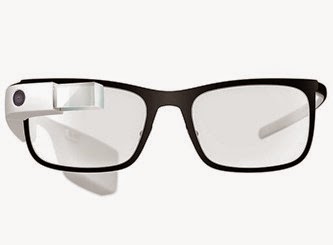From time to time, I get asked by teachers about apps that they can put on their iPad for their students (or children) to use. That is often a difficult question to answer. There are over a million apps in the iTunes app store, many are great and many are not-so great. I don’t fully know what a particular teacher is doing in their classroom and am often not sure about what need they are trying to meet with a particular app. I can sometimes give general suggestions, but my suggestions are often missing great apps that may be more suited to specific concepts or needs in their rooms.
I would like to share a few good ways that I learn about good apps:
- The main way that I find out about new apps is to browse the app store. Most of us know how to do this in general, but there are a couple of tricks that you can use to help you in your search. Recently, Apple has added an area for educational apps that you can use to browse for apps that may be useful. This is now located near the top of the right-hand column on the app store on itunes. You can click on the all categories link and change the category to education.
On the App Store on an iDevice, tap the explore button at the bottom of the screen to change to a desired category.
New apps come out on a daily basis, but the featured apps change every Thursday for both iPad and iPhone. This is a great time to check for new apps in general.
- The use of sites that feature and give reviews on apps for education. There are more, but my favorite is www.appitic.com This site breaks down available apps down by subject areas and skills. This is a great place to start your search for apps
- I recently learned about a new email subscription list that I have been using to find out about apps. It has been a great resource that I have used to download several new apps in the 2 weeks that I have been a subscriber. The website is called www.smartappsforkids.com . They have a long list of apps with reviews. Enter your email to subscribe to an email that will alert you when apps go on sale or even free. Though the site skews more towards apps for younger students, I have gotten several new apps that are for students in junior high or high school as well.
If anyone has questions, I would be willing to sit down with you and help you look for apps and help you decide on apps that may be a good fit for you and your classroom! There are lots of great apps out there!








